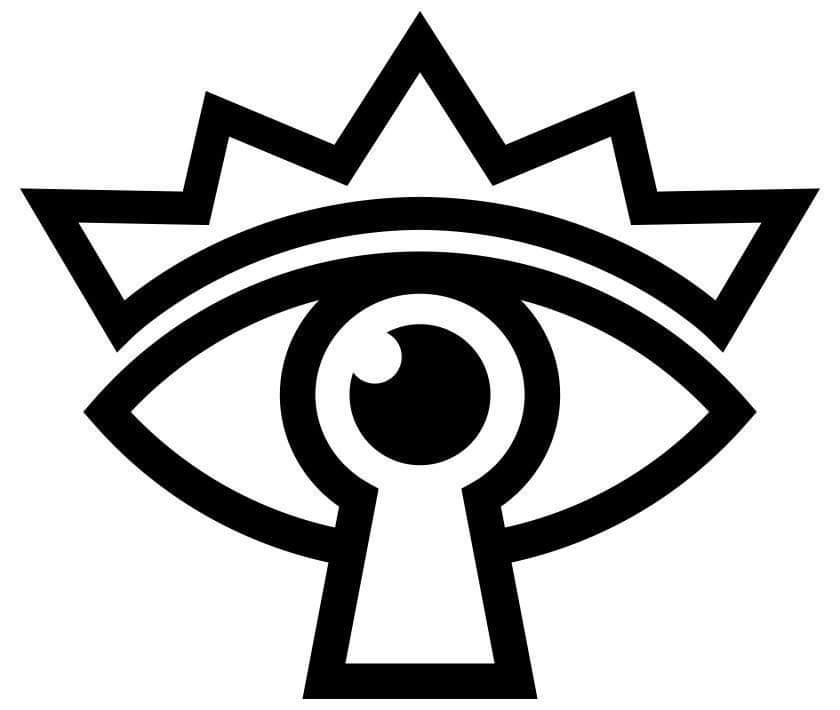Should we believe all we perceive?

Seeing is believing right? I remember hearing adults saying this from a very young age. However, we never remember the rest of the actual quote because it’s long forgotten..
“Seeing is Believing, but feeling is the truth.”
Thomas Fuller. 17th Centrury English Clergyman.

This is just one of the origins of this phrase. Upon researching the idiom, it actually dates back to Ancient Greece.
The saying means… We cannot believe something unless we see it for real.
When we apply this term to performing magic it can be quite arbitrary because what we believe we see can be tainted by our thoughts and opinions.
What I like to call our inner dialogue.

A fork in the road… Let us deviate from this post.
When I think, I think with a voice. A voice in my head. This may sound strange or you might recognise this feeling?
This week I discovered that not everybody has a voice they can hear inside their heads. Here is an article on this worth reading below.
When does seeing what you do matter more than thinking?
An example of this is when I am creating or learning something new. A move, routine or effect. Something that feels alien. Like learning to grasp a pack of cards in a different way to execute a sleight. Or forcing myself to look up at a point in my routine when I’m doing two other things with each hand, it just doesn’t feel right. And perhaps it never will.

I remember when I used to Ice Skate. A little unknown fact about me was I used to skate three times a week for three whole years as a hobby. However I had to give it up because I got good (Grade 8) and getting good meant jumps, spins, routining and the more dangerous stuff. I was petrified of braking something and not being able to continue magic.
I remember something my teacher told me when I was learning to skate backwards. (I hated it). I didn’t mind so much on corners because your feet and body crossed over giving you stability. Also, everything just felt wrong on my left foot and better on the right.
My instructor Phil told me that all his life, a left mohawk (One foot turn) never ever felt the same as it did skating it on the right, and he’d been skating for years, he was an olympian. So this made me think that sometimes our brain just doesn’t like it when we do something one way compared to another. We have certain preferences that even we aren’t aware of.
※
Magic is all about multitasking with props and your mind. And when something feels awkward it is easy to give up and think that you’ll never be able to do it. It will always feel wrong. But that is only a feeling… what happens when we see what we are doing. When we have a visual alongside the mental image our perception of what we are trying to achieve changes.
Push the record button…
Recently I was learning the turnover pass (as you do) and it felt so strange in my hands. I liked the continuous motion created when performing it but it felt like I was turning over a tonne of bricks.
I knew this sleight might be useful but I never thought I’d actually get used to doing it. More importantly my head told me that it probably looks as bad as it feels.
How wrong was I!
Upon reflecting and recording this move and watching it back after a few hours of practice I couldn’t believe the difference in what my head was telling me, to what I seen on camera i.e: the real thing. It looked brilliant and so different to what I had imagined it to look like. If I just went with my thoughts alone I would have gave up.
※
My advice is that we should all actively record and watch back our practice sessions. It is a way to improve and not give up so easily because our heads told us we weren’t good enough.
What if I don’t like watching myself?
Sadly it is a necessary evil to get over. So get over it! If you want to improve you should use every tool at your disposal and videoing your rehearsals and performances to watch back are a must. Actually, the worst thing to get used to is hearing your own voice. It sounds nothing like what you believe you sound like.
Soon it becomes quite normal seeing yourself and you slowly begin to see past you being on camera and just watch the movements. Which will then guide you to change the choreography, patter, all of which will enhance your performance.
Years ago magicians did not have this tool and still produced amazing magic. Imagine what we could do if we used this tool to help us reach our full potential in magic.

I will end this little blog with a variation on the quote from above which I really like from the movie, The Polar Express.
“Seeing is believing, but sometimes the most real things in the world are the things we can’t see.”
The Conductor. The Polar Express. 2004.
It is hard to see and believe the magic we can do just from our feelings alone. Have a little faith, courage and an open mind. Anything is possible.
